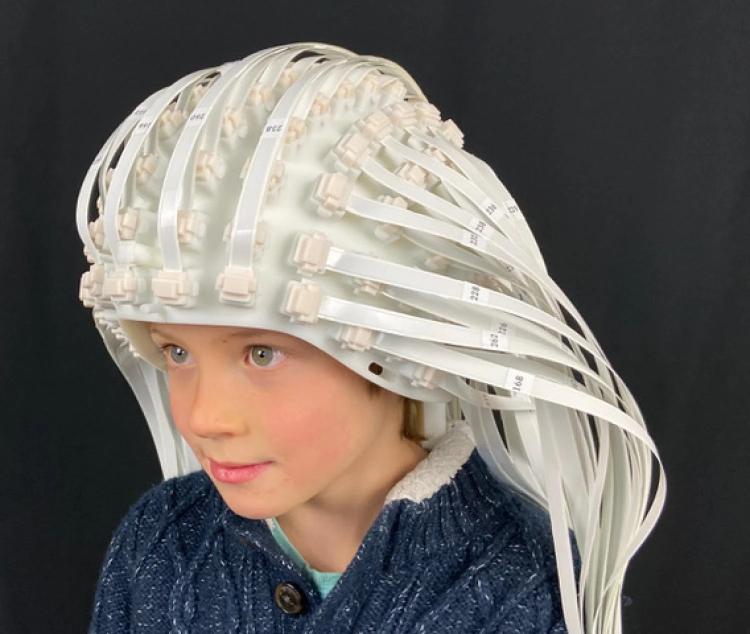

While the first quantum revolution gave us new rules that govern physical reality at its smallest scales, the second quantum revolution will take these rules and use them to develop new technologies with everyday applications.
Research Professor Svenja Knappe, who is a physicist by training but calls the Paul M. Rady Department of Mechanical Engineering home, is an ideal person to be at the center of a growing cluster of quantum researchers who are ushering in the second quantum revolution on campus and abroad.
At CU Boulder, Knappe is part of a cohort of researchers at the CUbit Quantum Initiative and the Quantum Engineering Initiative, which are hubs that maximize an interdisciplinary approach to quantum research by bringing physicists, engineers and industry partners together in close collaboration.
“We are finding ways to take these amazing discoveries in quantum physics out of the research lab and into the hands of an end user,” Knappe said. “At these hubs, you have a physicist on one end, an end user on the other and an engineer in between.”
Knappe is one of those engineers in between, translating quantum technology into devices with real-world applications.
In her research, Knappe focuses on the development of a quantum sensor called an optically pumped magnetometer, or OPM, which contains a group of atoms that change their spin orientation in response to the electromagnetic fields around them. Knappe uses the OPM to measure the electromagnetic field in a human brain, or brainwaves.
Current methods for collecting maps of the brain’s activity, otherwise known as magnetoencephalograms (MEGs), require the sensors to be cryogenically cooled in liquid helium Dewars that are housed in room-sized, stationary machines. A patient must sit still for a long period of time for an MEG to map out the brain activity accurately, limiting the kind of activity that it can detect.
In contrast, OPMs are about the size of two sugar cubes. And they can be placed directly on the head.
“This is a huge step forward,” Knappe said. “You can start measuring under paradigms that weren’t possible before. You can start studying the brain while a human moves or during a social interaction.”
Knappe and her colleagues have developed a helmet that contains 128 of these sensors and is customizable for different sizes of the human head. Knappe founded the Boulder-based company FieldLine and has begun to bring these sensors to market. In the not-so-distant future, they could aid in the diagnosis and treating of a wide range of neurological ailments like epilepsy, autism and traumatic brain injuries.
Recently, Knappe was awarded the prestigious Carl Zeiss Humboldt Research Award. The award is given to researchers who have had a lasting effect on their discipline beyond their immediate research area, wish to collaborate with specialist colleagues in Germany and contribute to promoting diversity in the STEM disciplines.
“If you put more diverse people in leadership positions,” said Knappe, “it will create a critical mass that will have a self-sustaining effect.”
Knappe will be based at the University of Freiburg and the Fraunhofer IPM in her native Germany for half a year, where she will be again part of a wide network of quantum researchers who are ushering in the second quantum revolution.
“Quantum engineering is an exciting area right now,” Knappe said. “It’s a really fast-moving field.”



